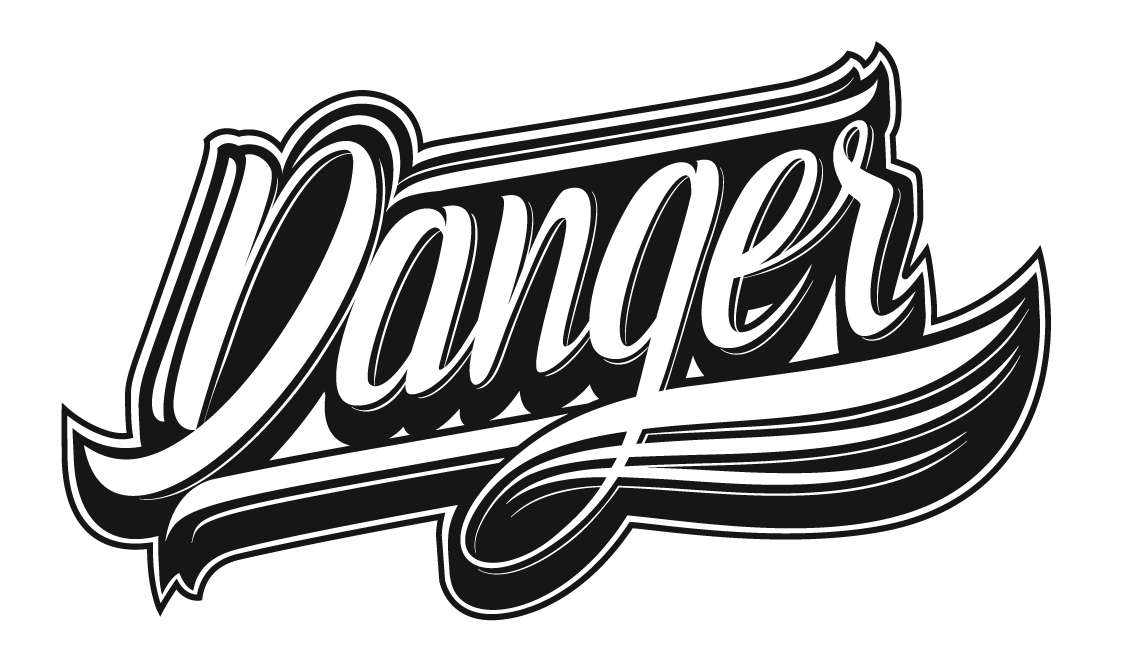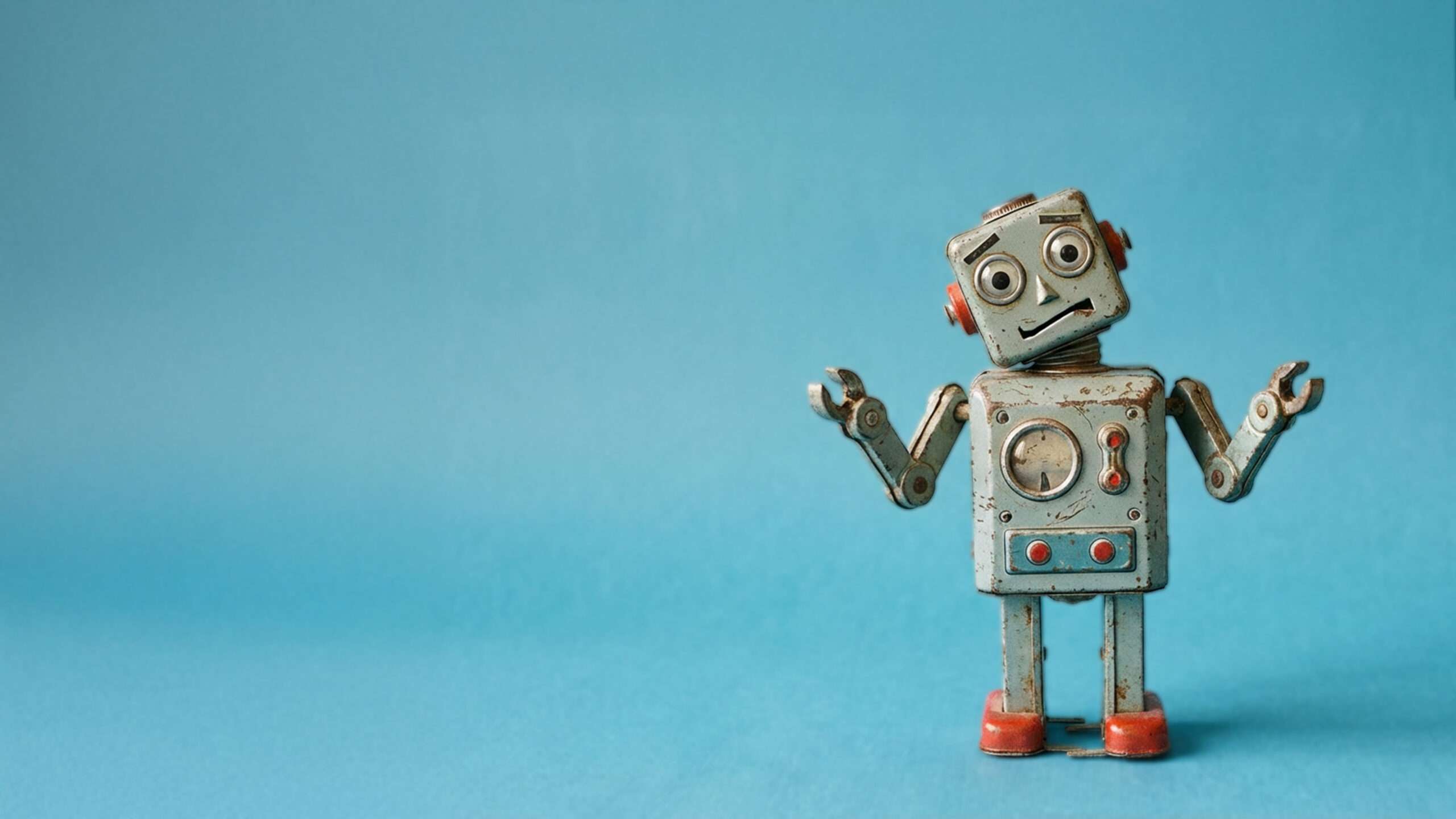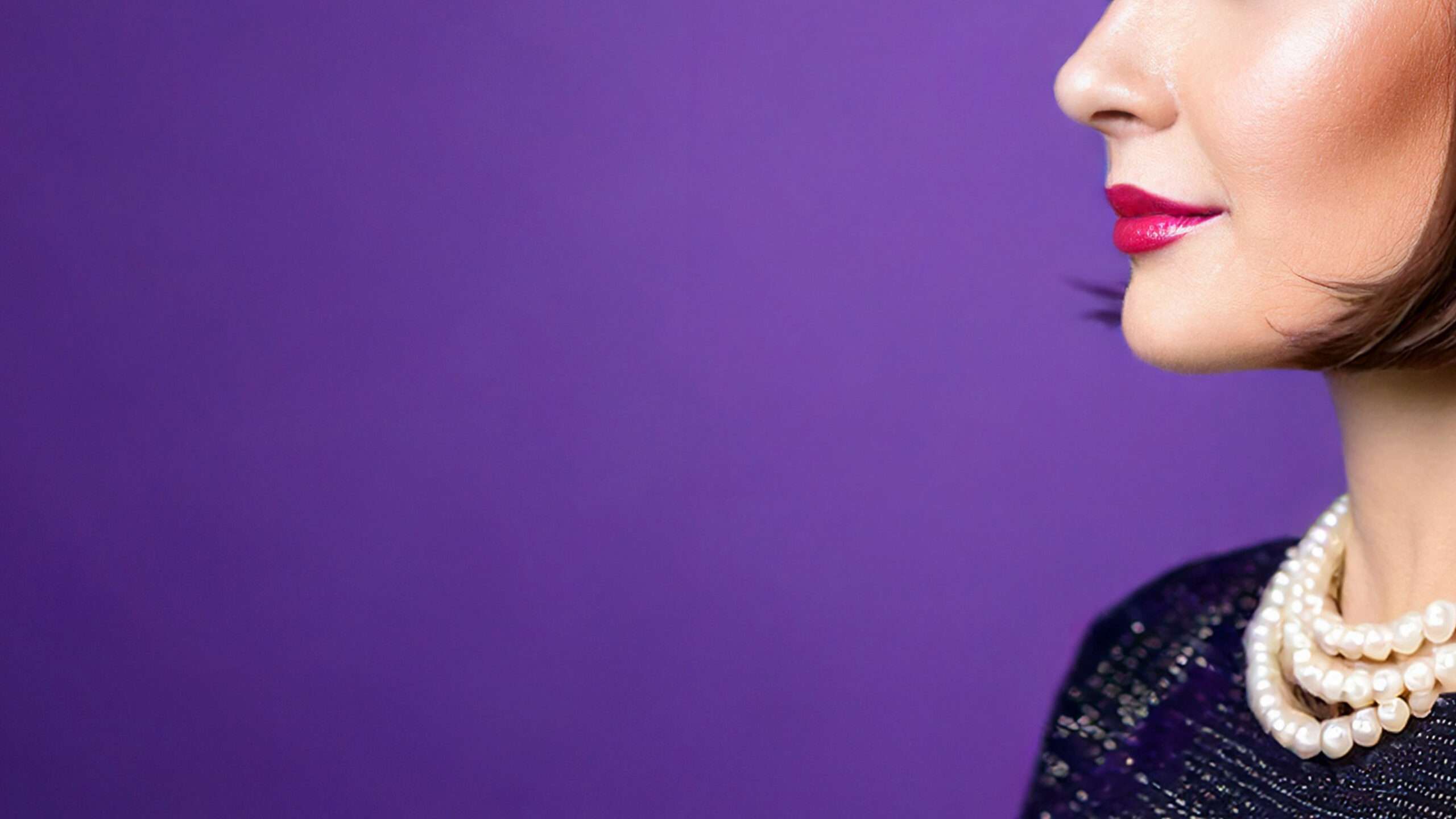
Getty Images
vs.
Stability AI.
Getty Images
vs.
Stability AI.
from
Can an AI use trademarks such as “Getty Images” or “iStock” in synthetic watermarks? And is an AI model itself already a “pirated copy”? The High Court in London has drawn clear boundaries for the first time in the dispute between Getty Images and Stability AI – while leaving many questions unanswered.
Getty Images vs. Stability AI
From the outset, the dispute between Getty Images and Stability AI was more than just an ordinary copyright case. It is a symbol of how traditional intellectual property rights rub up against the realities of artificial intelligence . At the center was the Stable Diffusion model, which was trained from millions of images to autonomously generate new graphics. Getty Images accused Stability AI of unlawfully accessing its imagery and subsequently infringing both trademark rights and copyrights .
The case ended up before the High Court of Justice (Chancery Division) in London – and the Judgment of 04.11.2025 – Ref. [2025] EWHC 2863 (Ch) is now attracting international attention. For the first time, it analyzes in detail when an AI “uses trademarks”, when a training model itself can be an “infringing copy” and to what extent licenses actually confer exclusivity.
AI, watermarks and exclusive licenses
The facts read like a textbook case of modern legal problems. Stability AI had made various versions of the AI image generator Stable Diffusion publicly available via platforms such as Hugging Face, DreamStudio and a developer API. Model generations 1.x, 2.x and the new Stable Diffusion XL (SDXL) were affected. Getty Images discovered several synthetic watermarks in AI-generated images that were strongly reminiscent of the trademarks “GETTY IMAGES” and “ISTOCK” – in some cases even identical.
Getty argued that these watermarks should be considered trademark use. Users could assume that the images originated from Getty or were created with its consent. At the same time, Getty asserted copyright claims and claimed that the model itself was an “infringing copy”, i.e. an unlawful reproduction of its photos. After all, the training was only possible because the files were copied and processed. In addition, Getty invoked exclusive license rights in order to be able to sue on behalf of its photographers and artists.headline
Victory and defeat for Getty Images
Trademark law: Partial success for Getty
First, the court examined the claims under the UK Trade Marks Act. In several examples, it turned out that Stable Diffusion had actually created images on which the iStock watermark appeared identical. For these few cases – specifically under model version 1.x when accessed via DreamStudio and API – the court affirmed a trademark infringement. The signs were identical and had been used for identical goods (digital images).
For other versions (v2.x, SDXL), however, Getty was unable to provide sufficient evidence. The “Getty Images” watermarks were also usually too blurred or modified to justify a double identity.
The court also affirmed the risk of confusion under trademark law in the event of infringements – but only in specific individual cases. The model had “under certain circumstances” created images where there was a realistic risk that users would mistake them for genuine iStock or Getty products. However, this risk could not be assumed across the board. Each example must be considered individually.
However, the court rejected an infringement of well-known trademarks. Getty was unable to convincingly demonstrate that the reputation of its trademark had been exploited or diluted. The attempt to establish general reputation protection against AI image generators thus failed.
Copyright: No success for Getty
The question of whether Stable Diffusion itself is an “infringing copy” within the meaning of the Copyright, Designs and Patents Act was particularly exciting. Getty had argued that the AI model contains information at a technical level that is based on copyrighted works and is therefore a type of “digital copy”.
The court rejected this approach. Although an “infringing copy” could also be an immaterial file, it must actually contain copies. The trained model weights of Stable Diffusion did not contain any image data or storable copies, but only abstract numerical representations. It was undisputed that copies were created during training – but the finished model itself was not a copyrighted work within the meaning of the law.
The consequence: Stable Diffusion is not an infringing copy, and therefore no secondary liability for import or distribution applies.
The court added that a download of model weights could in principle be considered an “import”. However, since the model weights did not contain copies in the copyright sense, this did not help Getty. Hosted services – such as use via DreamStudio – are not an import anyway, as they do not involve the transfer of files to the UK.
Exclusive licenses: Detail work decides
Another focus was on the license agreements between Getty and its photographers. Getty argued that it was entitled to sue on the basis of exclusive license agreements. The court examined a large number of sample contracts.
The analysis was mixed: Several older contracts were not exclusive because they were addressed to “Getty Images and its affiliates”. More recent contracts, on the other hand, contained clearer wording and were recognized as exclusive.
Uniform rules could not be derived from this. The judge emphasized that each agreement must be interpreted on a case-by-case basis – especially when different legal systems (New York Law vs. English Law) are involved.
What companies need to know now
The ruling has a signal effect for the entire AI and creative industry – not only in the UK, although it remains to be seen how the courts in the EU will decide.
For AI developers
The ruling shows that watermarks in images are a problem in AI training. Even if only a few examples in the specific case constituted trademark infringement, the ruling shows that AI models can generally be relevant under trademark law. In future, developers must ensure that their models do not create any trademark-like artifacts – for example through filters, post-processing or targeted “untraining”.
At the same time, the decision strengthens the position of AI providers in copyright law: the pure model, i.e. the mathematical weightings, is not a copy of protected works. This significantly reduces the liability risk, even if the training issue itself is not resolved.
For trademark owners
The ruling shows that proving a trademark infringement in the AI context remains complex. It is not enough to simply refer to millions of training images. The decisive factor is concrete proof that a generated image shows a confusingly similar or identical trademark. Even the protection of the reputation of well-known trademarks remains unsuccessful without concrete impairment.
For agencies and platforms
The examination of the Getty licenses illustrates how important it is to draft contracts precisely. Anyone wishing to claim exclusivity must expressly regulate this – and clearly name the contractual addressees. According to the court, group clauses (“Getty Images and affiliated companies”) are not sufficient. Equally important is the documentation of the acceptance of the contract – whether by signature, electronic consent or “click-to-agree”.
Conclusion
The High Court’s ruling sheds light on a previously legally gray area in the battle between the creative industry and AI providers.
The rejection of copyright claims is in line with previous decisions, particularly from the USA.
However, the decision shows that you can protect your own content with trademark rights if necessary, even if enforcement is likely to be difficult according to the standard of the London judges.
It remains to be seen how other courts will judge these matters. Only decisions by national courts or European courts will be interesting and ultimately meaningful for companies in the EU.
We are happy to
advise you about
AI!







